The difference between lilies and tulips
Last Update :2024.05.01
Article Catalog
Different varieties: lilies are plants of the genus Lily; tulips are plants of the genus Tulipa. The bulbs are different: the bulbs of lilies are spherical and light white in color; the bulbs of tulips are conical in shape. The flowers are different: lily flowers are larger, funnel-shaped in shape, and mostly white in color; tulip flowers are smaller, upright cup-shaped in shape, and mainly bright yellow, purple-red, and magenta in color.

1. Different varieties
1. Different varieties
These two species belong to the Liliaceae family. They are somewhat similar, but overall they are different and essentially different.
Lily is a plant of the genus Lily, also known as Qiangshu, night lily, Shandan, Daoxian, etc.
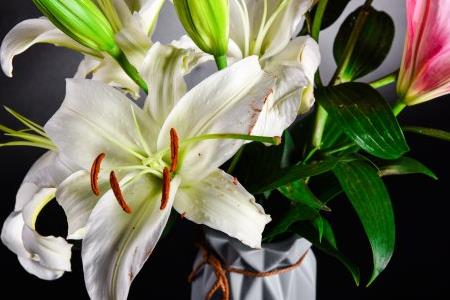
Tulips are plants belonging to the genus Tulipa , also known as tulip, Dutch flower, grass musk, etc.
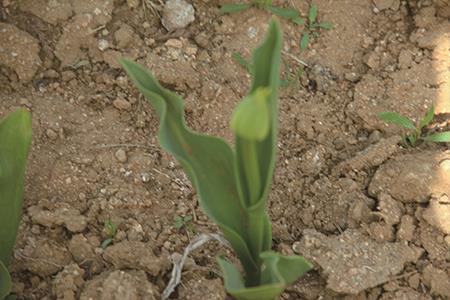
2. Bulbs are different
The bulbs of lilies are spherical, pale white in color, open like a rosette, and are composed of multiple egg-shaped spoon-shaped scales. There are roots at the bottom of the bulbs that help the plants absorb nutrients.
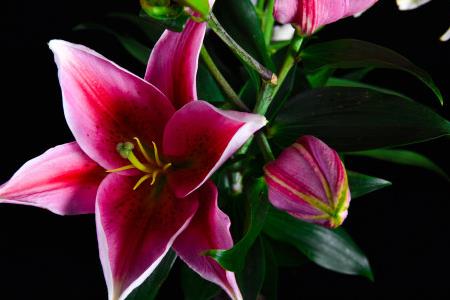
The bulbs of tulips are cone-shaped. The diameter is about 2-3 cm, and the outside is covered with a light yellow or tan skin membrane, which is formed by a combination of 2-5 scales.
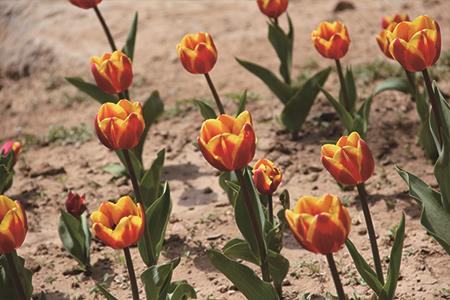
3. Different flowers
The flowers of lilies are relatively large, and the flowers expand outward and are funnel-shaped. The color is mostly white, and the flowering period is around June to July.
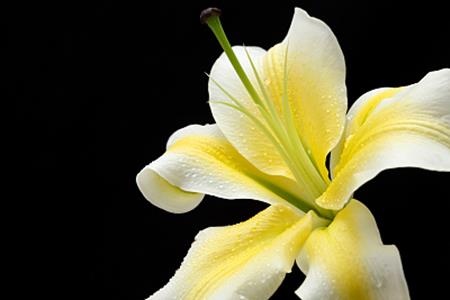
Compared with tulip flowers, The petals are relatively small, and the petals are usually pointed upward. They look more subtle and have an upright cup shape. The colors of the flowers are mainly bright yellow, purple-red, and magenta, and the flowering period is around March to May.
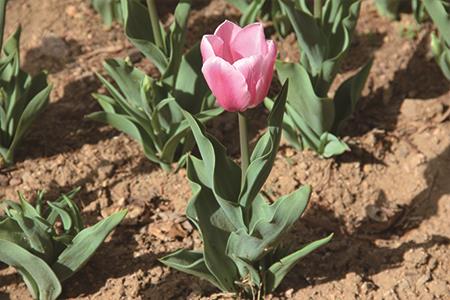
2. Bulbs are different
3. Flowers are different
- END -
Should you cut or pull cilantro when harvesting? How to pot cilantro?

Criander can be harvested by either cutting or pulling. Both methods have their ow...
Breeding methods and precautions for Tiger Tongue Red

Soil: Loose, fertile, neutral soil with high organic matter content is most suitab...